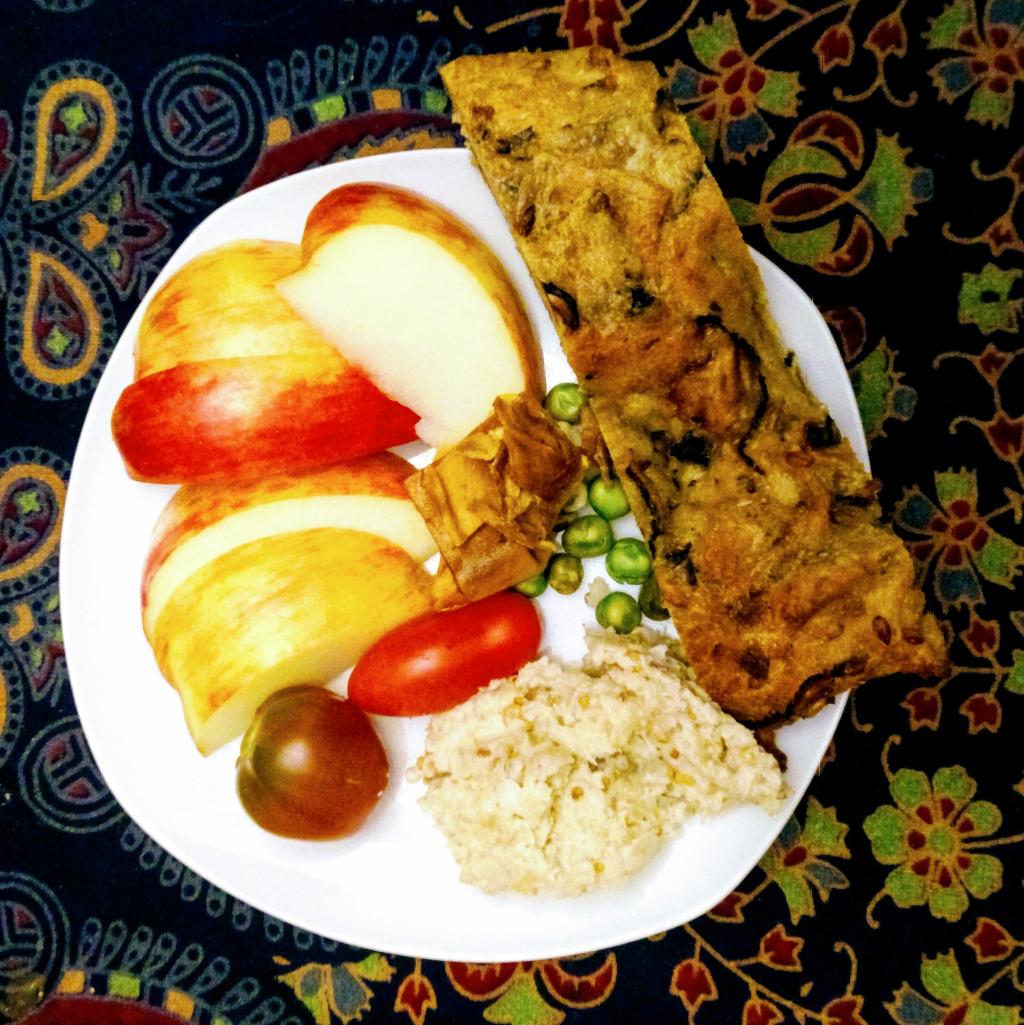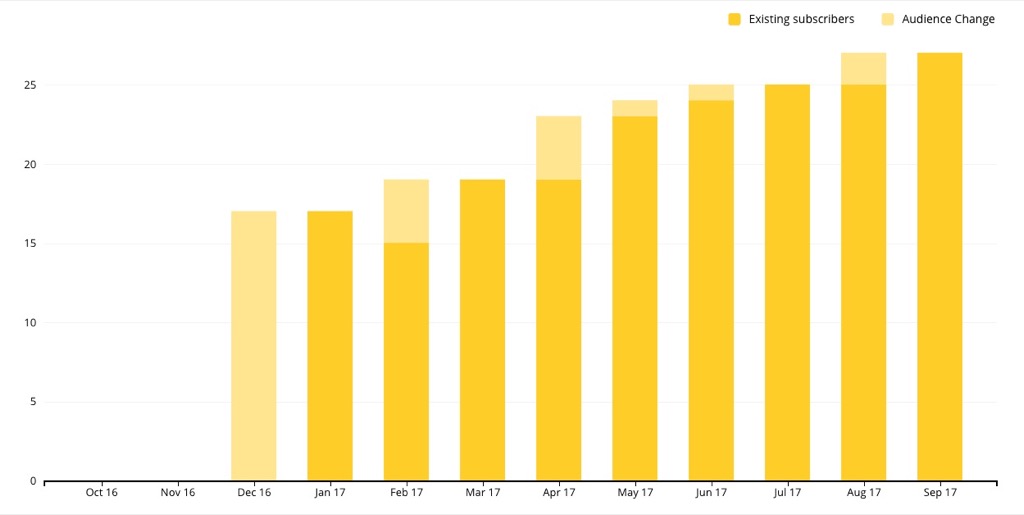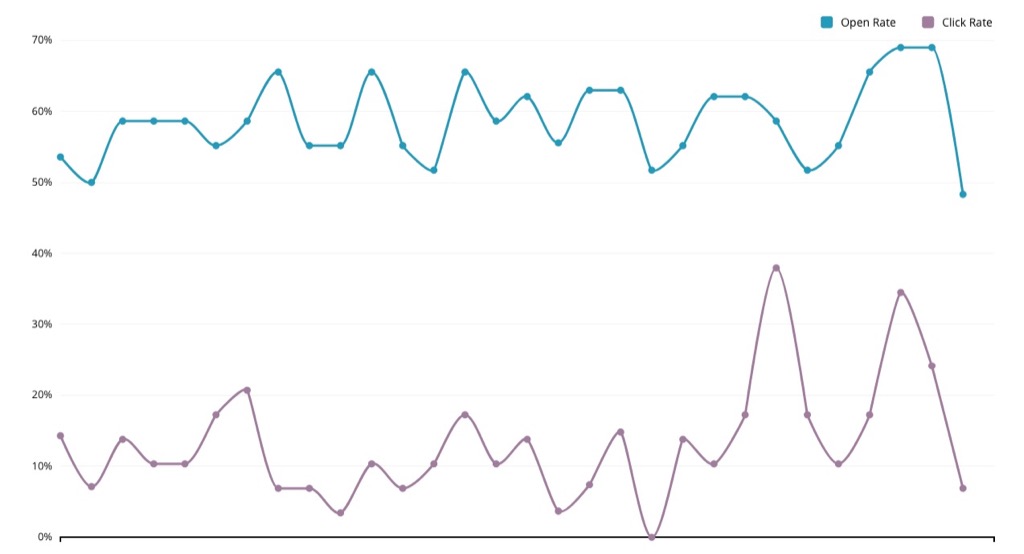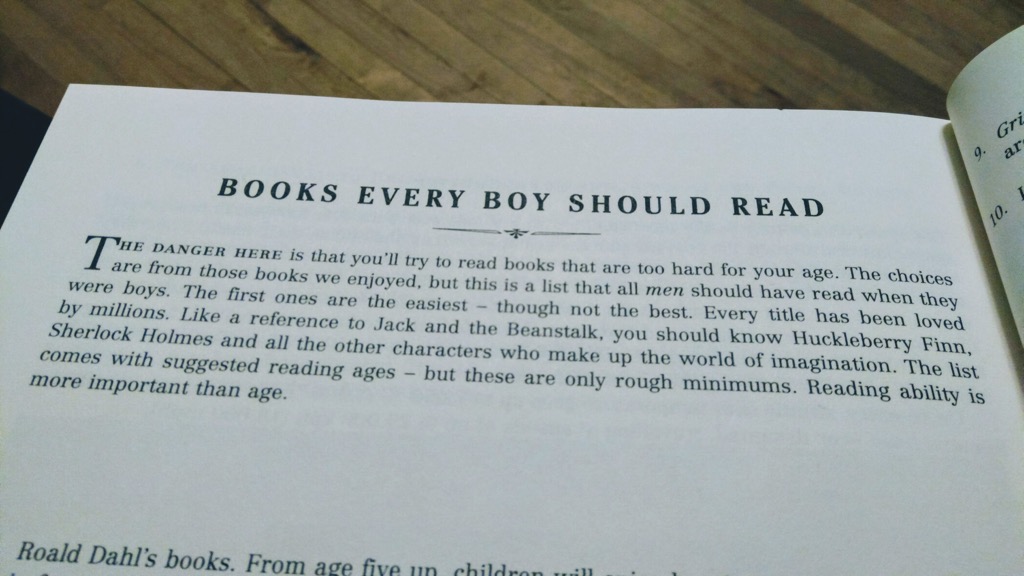Catherine and Oliver and I went to the Jack Blanchard Family Centre this morning for our annual flu vaccination (clinics are being held now across the Island, and the flu vaccine is free for everyone for the first time).
The nurses who administer the vaccine recommend hanging around the waiting room for 15 minutes after receiving the vaccine; usually this time is spent twiddling thumbs and clock-watching, but this year we were handed a survey to fill out on a variety of vaccination topics. It was a thorough and informative survey, to the point where I requested and received supplemental information about the vaccines I might have missed along the way. By the time the survey was done and pamphlets in my hand the 15 minutes were up and it was time to go.
Kudos to PEI Public Health for using otherwise dead time to both gather information and to inform.
My friend Tracy Michael, co-owner of Nourished Kitchen, has released a series of low cost learn-to-cook online courses. I just signed up for “Simple Dinner Solutions” for $10, and watched the first video, a walk-through the preparation of Lentil Tacos.
Tracy’s a good, patient explainer and after watching her make tacos I’m ready to try it myself.
I told Tracy that I feel, cooking-wise, like a musician who can only play 3 songs; so anything that can add a new song to the playlist is a gift.
Oliver has decided that our household Hallowe’en offering has to reflect the diversity of our neighborhood.
So a diverse selection of treats—Haw Flakes! Rice Crackers!—has been acquired. Prepare yourselves.
And the multilingual pumpkin carving has begun.
你好!

Oliver has been exploring cover versions and samples today using the website WhoSampled.com.
While I’m the last person on earth to go out of my way to hear a cover band, especially of the later day “Classic Albums Live Presents Celine Dion’s Falling Into You” type, a good cover can take the manna of the original and transform it into an entirely new and wondrous thing.
Witness Landslide.
Fleetwood Mac released Landslide on a self-titled album in 1975:
Stevie Nicks performed the song live, accompanied by Cheryl Crow, on Oprah in 1988:
In 2002, Dixie Chicks released a cover that is arguably more popular than the original; until recently it was my favourite rendition:
British solo artist Robyn Sherwell released a version in 2015 that was featured in the film Suffragette; it takes everything that was special about the original, and the covers that followed, stretches it out a little, adds some lovely harmonies, and becomes my new favourite:
(Nicks returned to the Oprah network in 2013 for an episode of Masterclass where she explained the meaning of the song).
Another example where a cover transcends the original is the 1983 Talking Heads track This Must Be The Place (Naive Melody):
This song has been the victim of more dreadful covers of perhaps any popular song in recent memory, including a unlistenable cacophony by Arcade Fire. The covers generally fail because they try to out-Talking-Heads the Talking Heads.
The 2009 cover by Shawn Colvin, however, like Sherwell’s Landslide, makes something new out of it by turning it into something completely different.
Another example of transcendence-by-cover is the 1982 Alan Parsons Project Eye in the Sky:
The original is inescapably a product of the early 1980s, good and bad; the 2004 cover by Jonatha Brooke is different enough to almost sever the connection to the original. But it’s wonderful.
Oliver and I didn’t really eat lunch or supper today—which is not to say that we didn’t eat along the way. But by 9:00 p.m. we needed a shot in the arm. And so I whipped up a snack, a selection of things acquired today.
The snack: PEI honey crisp apple (Riverview Country Market), shiitake spelt bread (Angel at the Farmers’ Market), cherry tomatoes (Cranbush Farm at Farmers’ Market), wasabi peas (Naked Snacks from Sears), baba ghanoush (Brighton Clover Farm), and dried mango (Leezen). It hit the spot.

Oliver and I, at long last, timed a visit to Riverview Country Market so that we could enjoy a hot beverage on the front porch.
Oliver had the Riverview Fog, supplemented by a mysterious powder that turned it blue. I had a cappuccino. Both were good, and you couldn’t beat the view (or the weather).
 ,
, 
There are 30 people who subscribe to my blog by email (what, hold on, I can subscribe by email!? – sign up here). They all receive a daily digest, at 5:00 a.m. Atlantic Time, of the posts from the previous 24 hours.
Many of my subscribers are obviously early risers, as when I receive emailed comments from them they have “sent” times like 5:43 a.m. or 6:08 a.m. When do they sleep?
I set this up when I stopped pushing notifications of new posts to Facebook and Twitter. Because this.
I use MailChimp, which is free, to do all the heavy lifting: I just point MailChimp at my site’s RSS feed, and it does everything else (this is not a paid endorsement; I just like using MailChimp).
MailChimp provides me with statistics.
I’ve been doing this for 11 months.
Over that time the list of subscribers–MailChimp calls this “the audiance”–has almost doubled in size from 17 to 30:

Over the last 45 days, 53.7% of subscribers have opened the daily email on average, and the average “click rate” (where someone clicks on at least one link in the daily email) is 8.9%. This fluctuates from day to day, but is fairly consistent:

That “open rate” is about twice the MailChimp average, but, then again, I’m not trying to sell anyone a blender.
About 60% of my subscribers read their email on a computer, and 40% on a mobile device.
Of the desktop email readers, half are using Gmail to read their mail.
Of the mobile email readers, a quarter are using iPhones, 7% are using Android phones, and 4% are using a BlackBerry.
Half of the subscribers are in the U.S.A., 46% are in Canada, and the rest are elsewhere.
If you want to enjoy all the benefits1 of a ruk.ca email subscription, sign up now!
1. There are no benefits. Other than receiving a daily email.
GO Transit, which runs trains and buses in Southern Ontario, was the public transportation backbone of my childhood. It was born shortly after I was, in the mid-1960s, and its footprint and the footprints of my youth expanded in lock step.
I used to take the GO Bus from Murray’s Variety in Aldershot into Hamilton every Saturday morning when I was a teenager, to go to the YMCA.
When my family would go to the Canadian National Exhibition in Toronto, we’d take the GO Train and get off at the “Exhibition” stop.
Later, I commuted to work every day, as an 18 year old, from the Fairview station in Burlington to Union Station in Toronto and then took the subway up to the Royal Ontario Museum.
And, now that my parents have moved back to Burlington, I can take the UP Express from Pearson Airport to Union Station, transfer to the GO Train and walk 10 minutes from the same Fairview station to their house.
In other words, when I think about “commuting by public transit,” it’s GO Transit that’s the template in my mind.
Which is all to say: what’s up with the green!?
The colour that means “GO” to me is Pantone 354C, a colour described as “a meadow hue that perfectly matches that of Ontario’s highway signs”:

In 2013, GO recoloured itself in two-tone green, using Pantone 364C and Pantone 376C


While I’m never one to argue that brands should never change, what appears to have been missed in this switch is that the new colour scheme and the old colour scheme clash dreadfully.
Because the GO network includes hundreds of buses and trains and signs and stations, the switch is still in progress 4 years later (colours are updated in “ongoing refurbishing”).
This means that you regularly see clashing coaches like this on GO Train platforms:

Design needs to consider both the old, the new, and the delta, and this is clearly a case where the assumption was that we’d all just avert our eyes and live with the clash during the delta.
It’s a shame: with a little more savvy the delta could have been seamless.
Oliver has had a copy of the Canadian edition of The Dangerous Book for Boys on his bookshelf for many years; long enough that I don’t recall how it got there.
On Tuesday night, needing something to occupy his mind at bedtime, he pulled the book of the shelf and transcribed the names of every author listed in a section called “Books Every Boy Should Read”:

On Wednesday morning, as I was helping him wake up, I scanned the list to see which authors were included and was annoyed to find that, in the several pages of books listed, only two of the recommended books were written by women: the Famous Five books by Enid Blyton and the Harry Potter books by J.K. Rowling.
Every other book was written by a man.
So The Dangerous Books for Boys is dangerous in ways that transcend “Making a Bow and Arrow” and “A Brief History of Artillery.”
I suppose I shouldn’t be surprised: the book, after all, has sexism baked right into the title.
But surely, even in the broken world of “only boys can be interested in fossils and orienteering,” there must be a sliver of realization that reading books by written by women is important and useful.
Apparently not.
What books should appear in the erratum?
 I am
I am